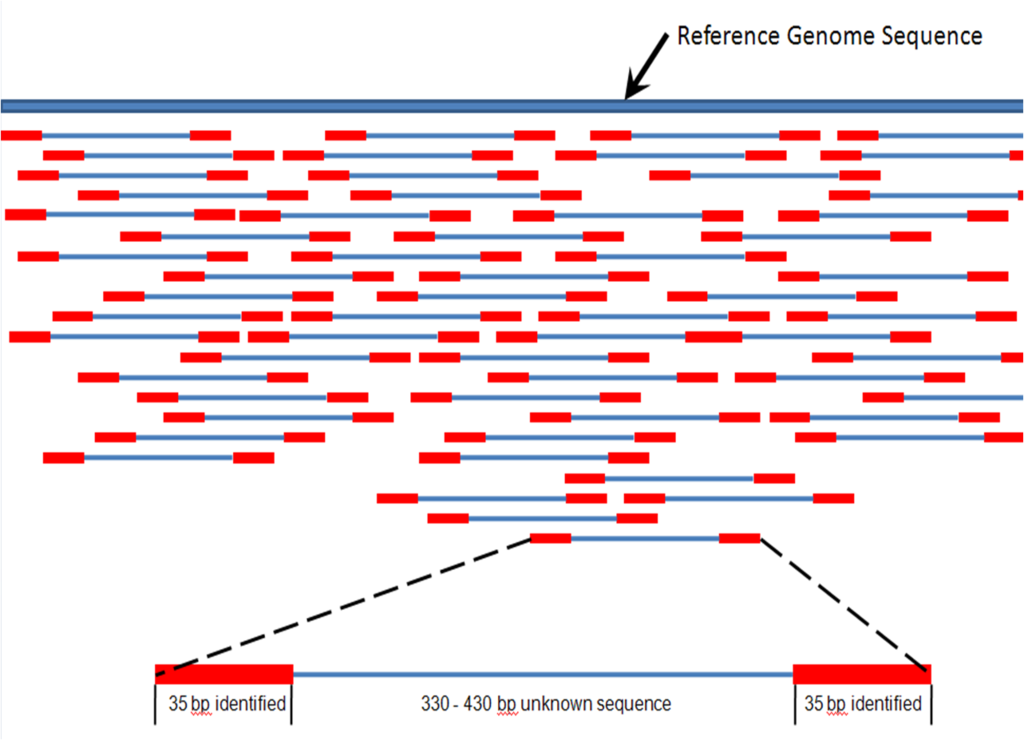Medicinal Genomics recently secured funding from the DASH network to create a better cannabis reference genome for controversially patented TypeII plants. This new reference will greatly improve the quality of sequencing data generated from the StrainSEEK® Identification and Registration Service to fingerprint cannabis cultivars and challenge the detrimental and overly broad cannabis patents that are being issued.
 Medicinal Genomics will publish the genome to the DASH Blockchain, with hopes of creating a new standard for peer review and as a public resource that growers can utilize to ascertain if their plants fall under or predate currently in force TypeII cannabis patents. Under the current publishing model, authors pay journals to publish their work and reviewers are not compensated for their time. Free work is often of low quality and slow.
Medicinal Genomics will publish the genome to the DASH Blockchain, with hopes of creating a new standard for peer review and as a public resource that growers can utilize to ascertain if their plants fall under or predate currently in force TypeII cannabis patents. Under the current publishing model, authors pay journals to publish their work and reviewers are not compensated for their time. Free work is often of low quality and slow.
In this new model, researchers will be paid a “crypto bounty” in DASH currency in exchange for their contributions to prioritize reviewing the work. This payment would equate to roughly the cost a publisher would charge to manage the peer review process ($1K per reviewer). Instead of the funds going to the Journal who maintains the copyright, the funds would be used to compensate reviewers for rapid review.
“The old publishing incentives are broken. 50% of papers cannot be reproduced and the journals with the highest impact factor have the highest retraction rates” Medicinal Genomics Chief Science Officer Kevin McKernan wrote in his proposal. “ Why pay the journals for such poor results? This is not how science should function. Researchers should be able to pay reviewers directly. Cut the copyright out and create a market for good and bad review. These reviews and manuscripts can be published on the DASH blockchain to make transparent and immutable records of the review process.
With the addition of a price signal to the cost of Peer Review, all of the historical misalignments change. Good reviewers will build reputation and demand higher prices. Reviewers simply “rubber stamping” their friends’ work will be discounted with transparent, non-anonymous review. Public and immutable reputation systems change the game theoretics and align incentives for accuracy.”
Why do we need a better reference?
The future of cannabis seed to sale tracking systems will be DNA fingerprint based. A reference genome builds the standards by which fingerprints are created to provide biological barcodes for products in the industry.
The entire cannabis genome is estimated to be 787 million base pairs long. Modern sequencing technology can’t read all those letters at once. Instead, the DNA is broken up into smaller more manageable pieces. Those pieces are sequenced and then reassembled using computer software to create the full picture. A high-quality reference genome can be expensive to assembly but once complete it enables 10-100 fold cheaper sequencing techniques to be deployed when re-sequencing other strains of interest.

Example of how overlapping DNA fragments are assembled according to a reference. Source: Wikipedia
It can be helpful to think of it like completing a jigsaw puzzle. Each DNA fragment is a jigsaw piece that adds up to the full sequence. You can think of the reference sequence as the picture on the box. It helps guide you to where the pieces should go.
Most of the cannabis reference genomes that are available now, including the two Medicinal Genomics sequenced in 2011, are not complete. McKernan estimates that one-third of the cannabis genome is still undiscovered. Because they were the original de novo references, they had no reference to go off of. Adding to the complexity is the fact that the cannabis genome is highly repetitive, so many pieces could look the same, but belong in different locations within the DNA strand. It’s almost like assembling a jigsaw puzzle that is all one color.
Advancements in sequencing technology have made it possible to sequence larger pieces. Reassembling larger DNA pieces is much easier because there are fewer of them. Just like how a 1,000 piece puzzle is easier to assemble than a 10,000 piece puzzle. With these advancements, McKernan believes he can create a reference that is 50 times better than the ChemDog reference he sequenced in 2011.
Kevin McKernan will speak more on this project and how it has the potential to disrupt the cannabis, cryptocurrency, and peer review industries at CannMed 2018. Go to cannmedevents.com to see the latest list of speakers and get your CannMed tickets today!








